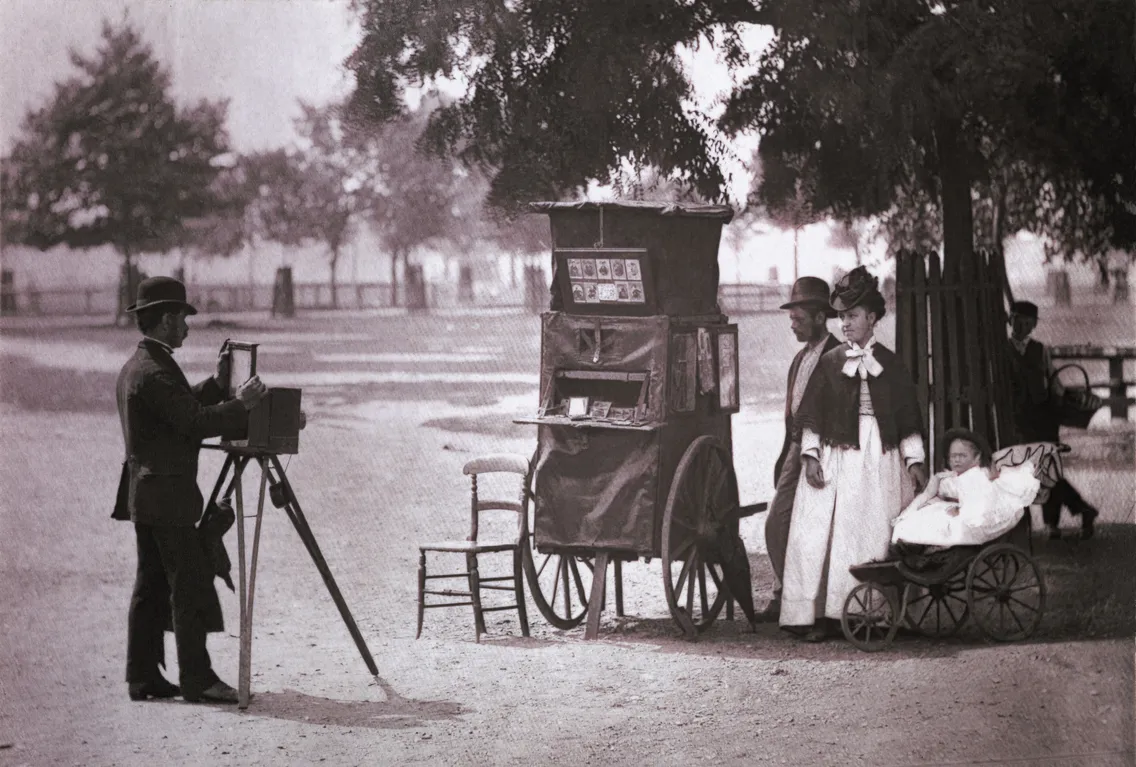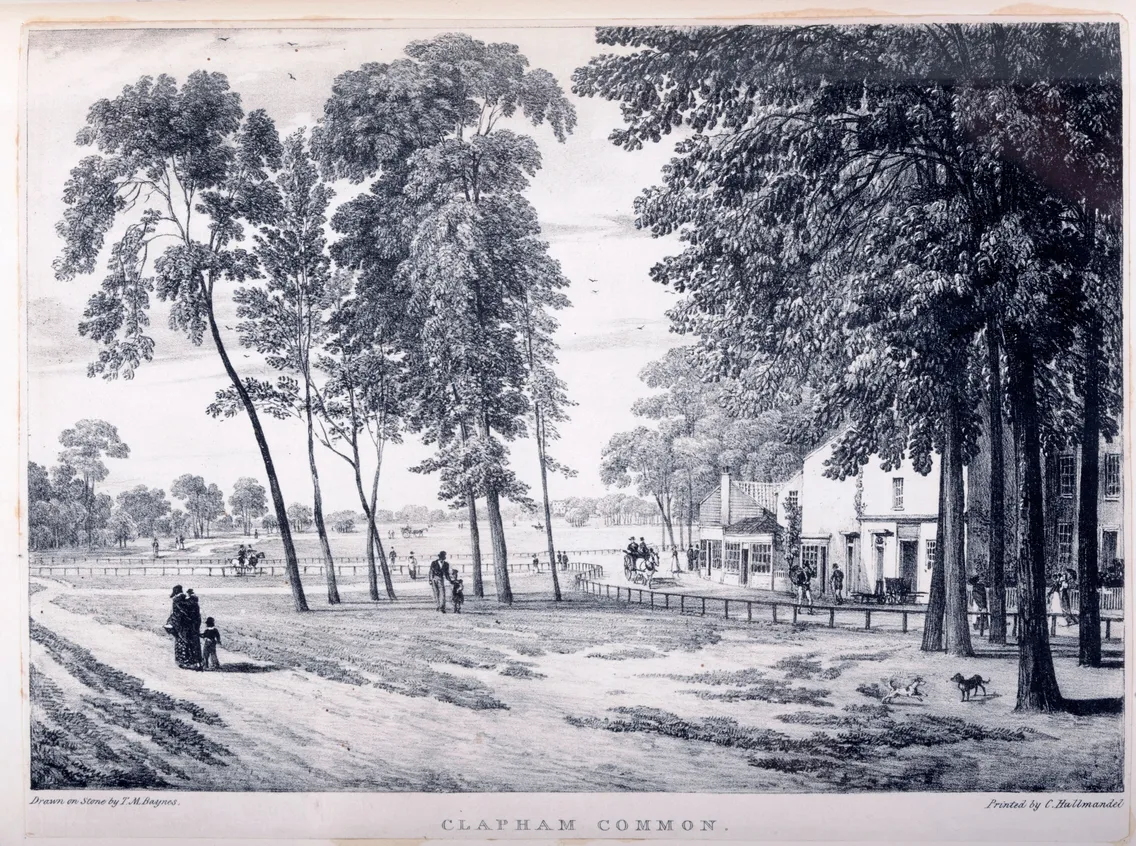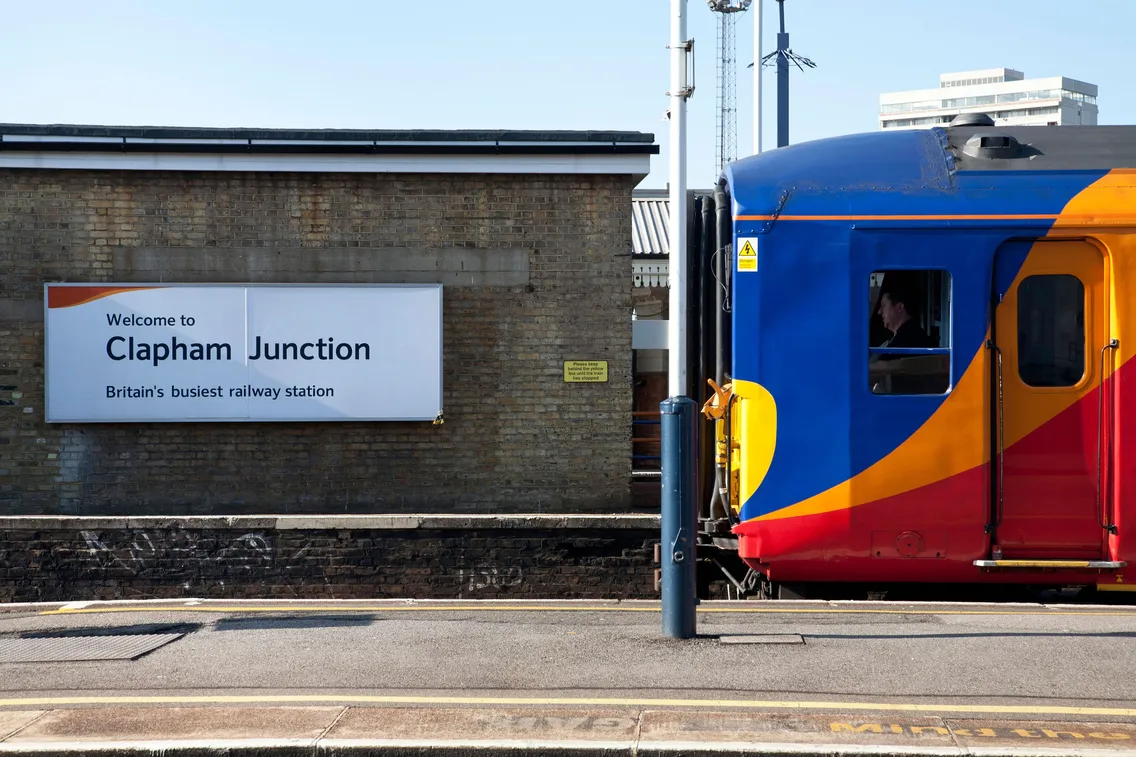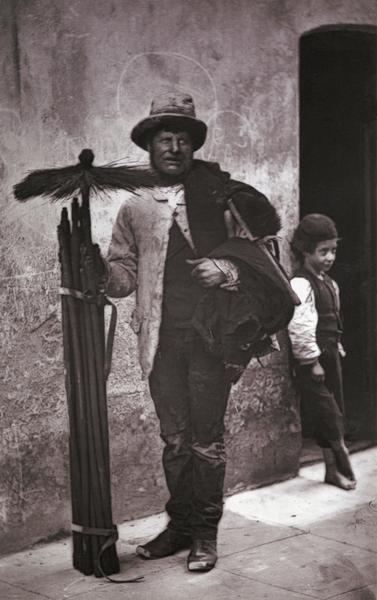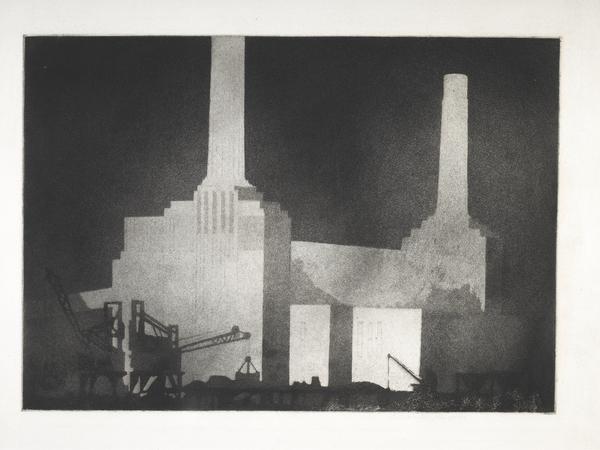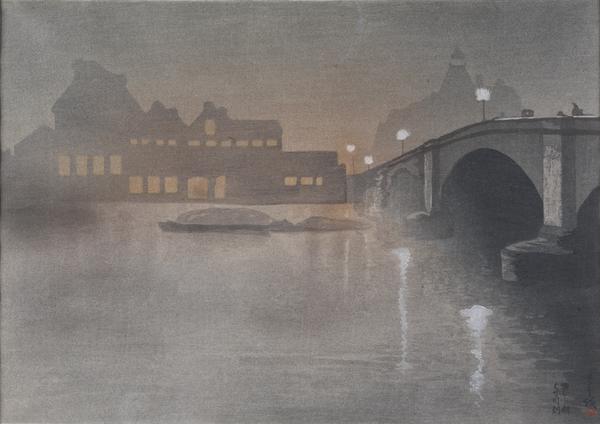Clapham Junction Station: One of Britain’s busiest
In recent decades Clapham Junction has been the busiest station in Britain. But the site was once mainly home to fields – confusingly, not in Clapham.
Battersea
Since 1863

From market gardens to commuter hub
Clapham Junction Station is located in Battersea in the south London borough of Wandsworth. It sits at the intersection of St John’s Hill, Falcon Road and Lavender Hill, which got its name from the local lavender fields.
Before the railway arrived here in 1838, apart from a pub called The Falcon, the land was mainly used as market gardens – small-scale farms.
As the number of railway lines passing through increased, three railway companies decided to combine resources and build a station at the junction. It opened on 2 March 1863.
The station’s important location led to rapid growth in usage by passenger and freight trains. As the station expanded to meet demand, the local population increased and there was a boom in housing and local business.
The Falcon pub, rebuilt in 1887, was joined by the department store Arding & Hobbs, numerous cinemas and The New Grand Theatre, now known as the Clapham Grand.
Why is it called Clapham Junction when it’s in Battersea?
Just like today, in the 1860s Londoners were open to using poetic licence when describing real estate.
Along with market gardens, Battersea was home to numerous industrial plants, including a chemical works and a lime kiln.
By contrast, Clapham and its famous common, around a mile to the east, had become popular with wealthy Londoners.
“Clapham Junction… sounded more respectable than Battersea”
The station was named Clapham Junction not because it is in Clapham, but because its owners thought it sounded more respectable than Battersea.
Well over a hundred years later, with all the Thameside industrial plants long gone, the confusion lives on.

The Nine Elms gasholders in Battersea were built in the 1860s, replacing earlier ones destroyed in an explosion.
Clapham Junction rail crash
On 12 December 1988 the station was the site of one of the worst rail crashes in the UK’s history.
It happened during morning rush hour, when a packed commuter train hit the rear of a stationary train just outside Clapham Junction. This shunted some of its carriages into the path of a third oncoming train.
As a result, 35 people died and nearly 500 were injured. The wreckage was so entangled that at first, emergency workers struggled to tell how many trains were involved.
A wiring issue was found to be the cause, leading to the introduction of new safety regulations.
The busiest station in Britain?
There are many ways to calculate how busy a station is. In terms of rail traffic, Clapham Junction has, at various times, been the busiest in Britain, Europe and even the world. With 17 platforms in total, around 2,000 trains pass through daily.
In 2012, the London Overground reached Clapham Junction, completing its loop around London. The station was also earmarked as a stop on the proposed Crossrail 2 service.


